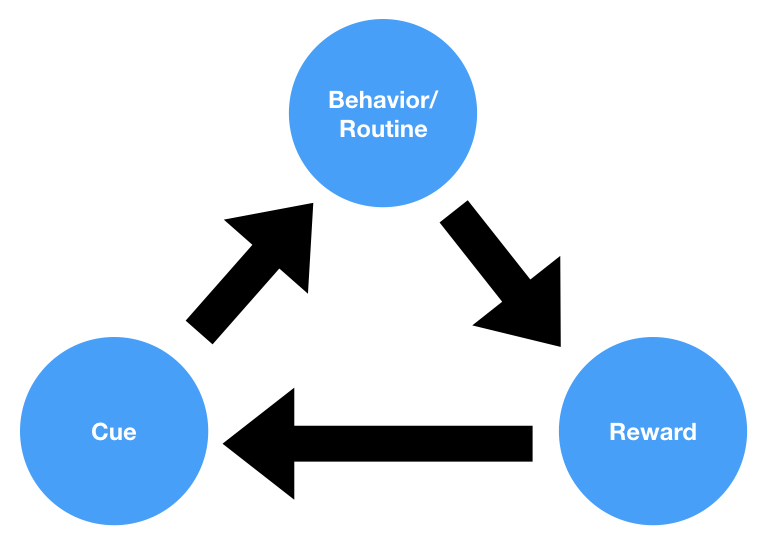Definition
The Health Belief Model (HBM) is a psychological framework that seeks to explain and predict health-related behaviors based on individuals’ beliefs and attitudes towards a particular health issue. Developed in the early 1950s by social psychologists Irwin M. Rosenstock, Godfrey M. Hochbaum, and Stephen Kegels, the HBM has become one of the most widely used conceptual models for understanding health behavior and designing health promotion interventions.
Background
The Health Belief Model was initially created to investigate why people did not participate in public health programs, such as tuberculosis screenings and immunizations. Since its inception, the HBM has been adapted and expanded to study various health behaviors, including adherence to medical treatment, preventive health behaviors, and lifestyle modifications. The model posits that individuals’ health-related actions are influenced by their perception of susceptibility to a health problem, the severity of the problem, the benefits and barriers associated with the recommended action, and cues to action.
Key components of the Health Belief Model
The Health Belief Model consists of six primary components that influence individuals’ decision-making process regarding health behaviors:
-
Perceived Susceptibility
The individual’s belief about the likelihood of developing a specific health problem or experiencing negative health outcomes.
-
Perceived Severity
The individual’s assessment of the seriousness of a health problem or the potential consequences associated with it.
-
Perceived Benefits
The individual’s evaluation of the potential advantages or positive outcomes resulting from taking a specific health action or adopting a certain behavior.
-
Perceived Barriers
The individual’s perception of the obstacles or challenges that may prevent them from adopting a recommended health behavior. These barriers can be tangible (e.g., cost, time) or psychological (e.g., fear, embarrassment).
-
Cues to Action
External or internal triggers that prompt individuals to take action or initiate a change in their health behavior. These cues can include media campaigns, advice from healthcare professionals, or personal experiences (e.g., symptoms or a close relative’s illness).
-
Self-efficacy
The individual’s confidence in their ability to successfully perform the recommended health behavior or cope with the challenges associated with it. This concept, introduced later by Albert Bandura, has become an essential component of the Health Belief Model.
Applications
The Health Belief Model has been applied to a wide range of health-related behaviors and settings, such as cancer screening, vaccination uptake, smoking cessation, and adherence to medical treatment. By understanding the factors that influence individuals’ beliefs and attitudes towards a particular health issue, public health professionals and researchers can develop targeted interventions that address perceived barriers, enhance perceived benefits, and increase self-efficacy. These interventions may include educational campaigns, skill-building workshops, or policy changes designed to facilitate access to healthcare services and promote healthier behaviors.
Conclusion
The Health Belief Model is a valuable tool for understanding and predicting health behaviors by examining individuals’ beliefs and attitudes towards a specific health issue. By considering the factors that influence decision-making, the HBM can inform the development of tailored interventions and health promotion programs that effectively address barriers to behavior change and improve overall public health outcomes.




